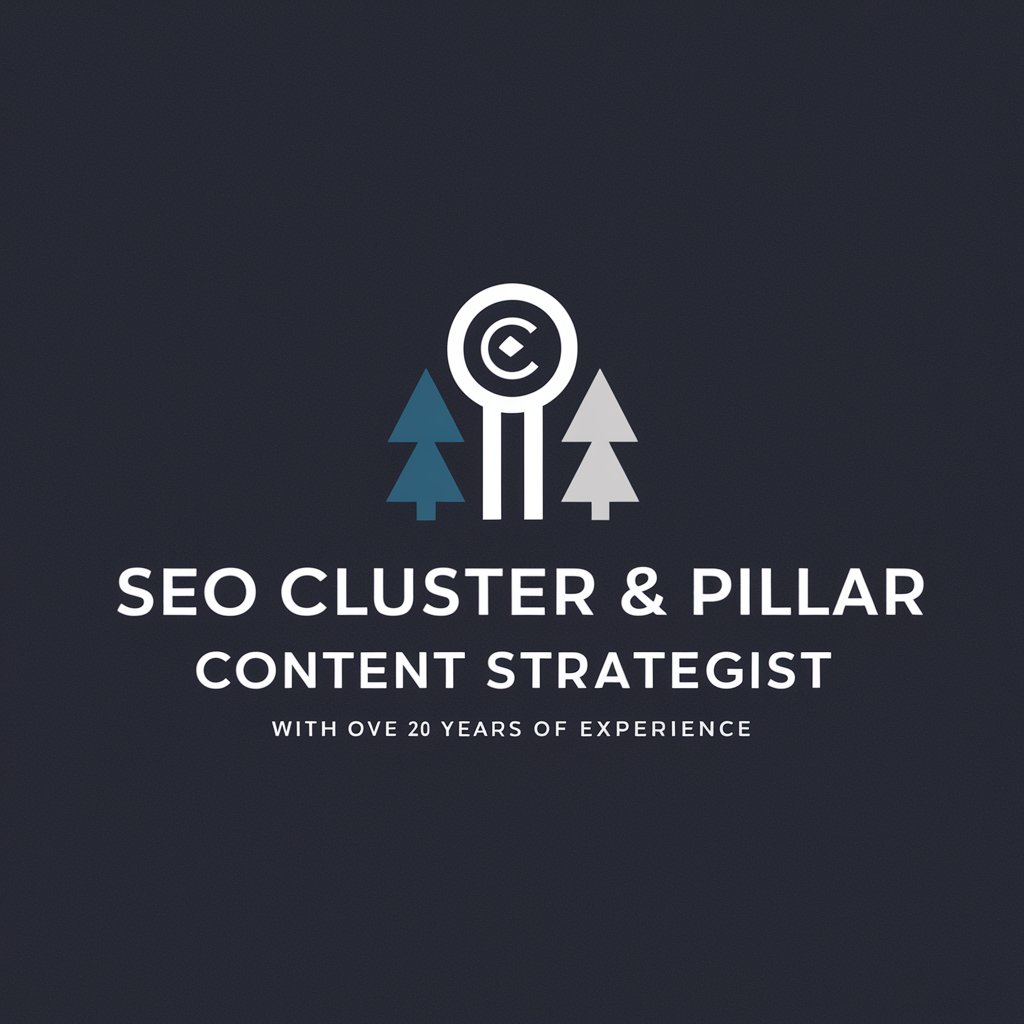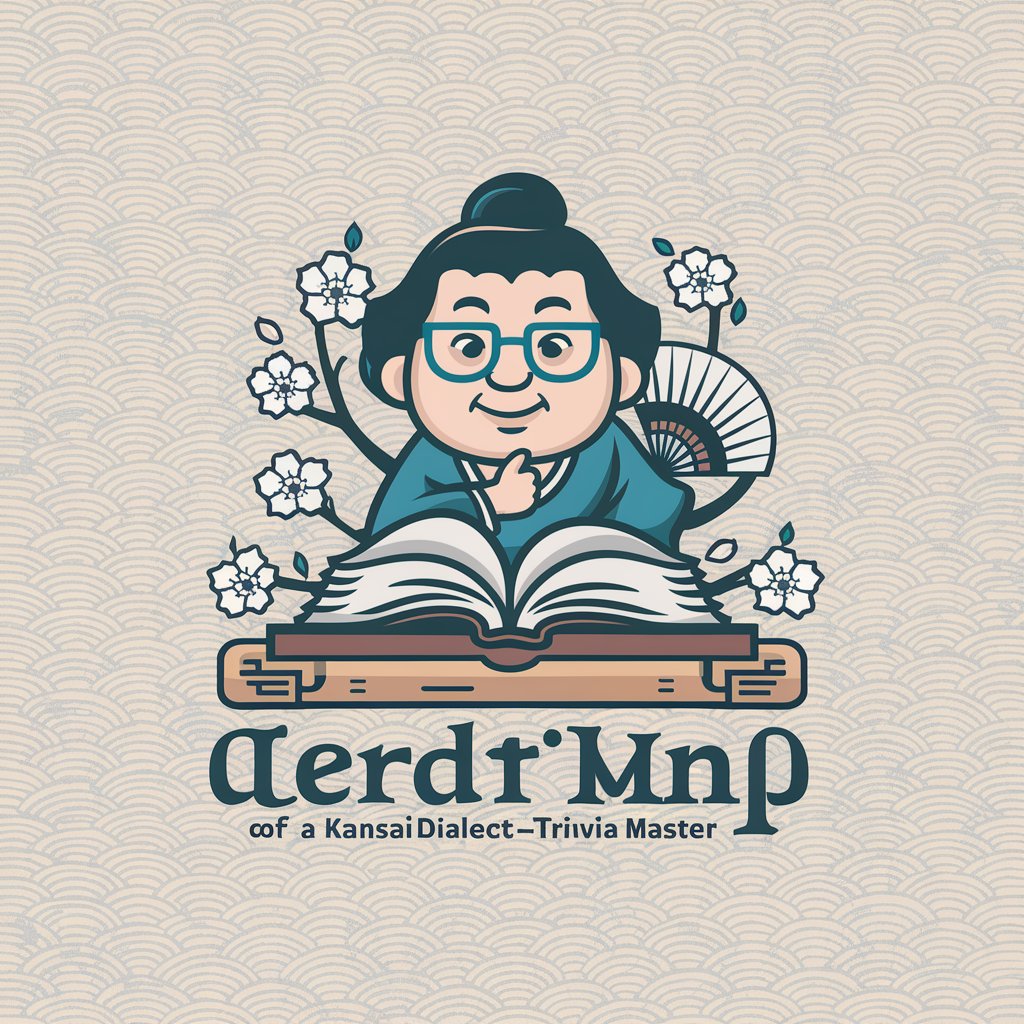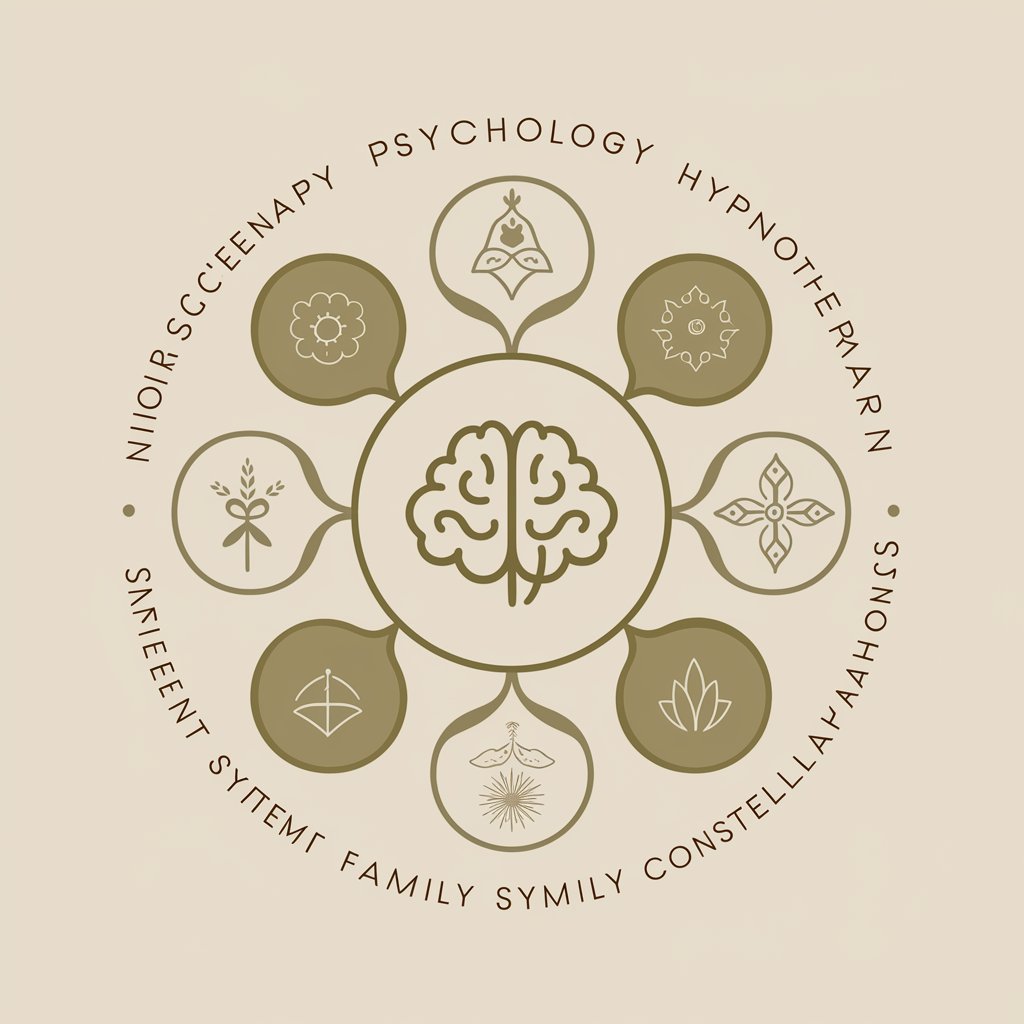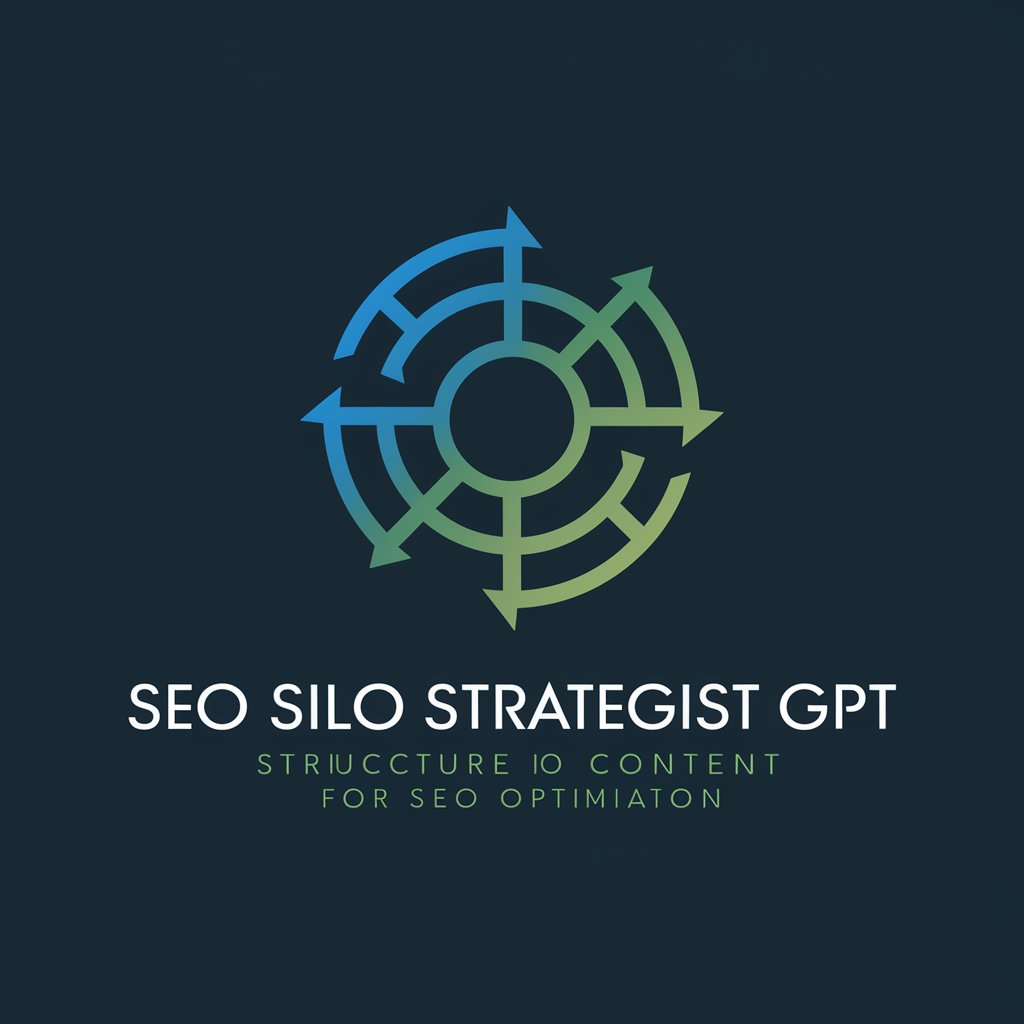
SEO Cluster & Pillar Content Strategist - SEO Strategy Enhancement

Welcome to expert SEO strategies for content excellence.
Optimize content with AI-powered insights
Explain the role of high intent keywords in a successful SEO strategy.
How do keyword clusters enhance content visibility?
Describe the importance of long tail keywords in content marketing.
What are the benefits of tracking brand keywords for SEO?
Get Embed Code
Understanding the SEO Cluster & Pillar Content Strategist
The SEO Cluster & Pillar Content Strategist is designed to optimize content visibility and ranking through a structured approach to content creation and organization. This strategy revolves around the concept of 'Pillar' and 'Cluster' content. Pillar content refers to comprehensive, authoritative pages on a website that provide a broad overview of a core topic. Cluster content, on the other hand, consists of related, more specific content that links back to the pillar page, diving deeper into subtopics. This structure not only enhances user experience by making content more navigable and informative but also improves SEO by signaling to search engines the relevance and authority of the website on specific topics. An example scenario illustrating this approach is a digital marketing website with a pillar page about 'SEO Strategies' and cluster content that includes detailed articles on 'Keyword Research', 'Link Building', and 'Content Optimization'. Each cluster page links back to the pillar page, creating a network of related content that boosts the site's search engine rankings for keywords related to SEO. Powered by ChatGPT-4o。

Key Functions of SEO Cluster & Pillar Content Strategist
Keyword Research and Analysis
Example
Identifying high, medium, and low intent keywords for content creation.
Scenario
For a website specializing in home baking, the strategist would identify high-intent keywords like 'buy baking supplies online', medium-intent keywords such as 'best baking tools for beginners', and low-intent keywords like 'how to start baking'. These keywords would then inform the creation of pillar and cluster content, ensuring the website targets potential customers at various stages of their buying journey.
Content Structuring and Interlinking
Example
Creating pillar pages and related cluster content, linked through strategic interlinking.
Scenario
In the context of a fitness blog, a pillar page could be 'The Ultimate Guide to Weight Loss', with cluster pages on 'Diet Plans for Weight Loss', 'Exercises for Burning Fat', and 'Weight Loss Success Stories'. Each cluster page would link back to the pillar page and to each other where relevant, structuring the content to enhance readability and SEO.
Performance Analysis and Optimization
Example
Monitoring keyword rankings and content performance, followed by quarterly content updates.
Scenario
Utilizing analytics tools to track the performance of the 'Ultimate Guide to Weight Loss' and its cluster content, identifying areas for improvement, and updating the content to reflect the latest research, trends, and SEO best practices.
Who Benefits from SEO Cluster & Pillar Content Strategist Services
Content Marketers and SEO Specialists
Professionals focused on increasing organic search visibility, traffic, and engagement for their brand or clients. They benefit from this approach by structuring their content in a way that's both user-friendly and optimized for search engines, leading to higher rankings and more targeted traffic.
Digital Marketing Agencies
Agencies offering SEO and content marketing services can apply these strategies to manage and improve their clients' content ecosystems effectively. This structured approach allows for better content planning, creation, and optimization, leading to enhanced overall digital marketing performance for their clients.
E-commerce Businesses
E-commerce sites with extensive product offerings can utilize pillar and cluster strategies to create comprehensive buying guides, product reviews, and usage tips that not only help in educating the consumer but also in improving the site's search rankings and conversion rates.

How to Use SEO Cluster & Pillar Content Strategist
Start with a Free Trial
Begin by accessing yeschat.ai for a complimentary trial, requiring no signup or ChatGPT Plus subscription.
Identify Your SEO Goals
Define clear SEO objectives for your website, focusing on improved visibility, traffic, and engagement.
Analyze Keywords and Topics
Utilize the tool to identify and analyze high intent, long tail, and brand keywords relevant to your content strategy.
Create Cluster and Pillar Content
Develop comprehensive pillar pages that cover broad topics and detailed cluster content that addresses specific aspects or questions.
Monitor and Optimize
Regularly review performance data to refine your strategy, focusing on keyword ranking improvements and content updates.
Try other advanced and practical GPTs
Devil's Advocate
Challenge Your Views, Sharpen Your Arguments

Whisky Hal
Elevate Your Whisky Journey with AI

MestreGPT
Optimize AI interactions with expert guidance.

関西弁の雑学王
Discover trivia with a Kansai twist.

Pop Quizmaster
Discover Yourself Through Pop Culture

Decision Helper
Empowering Decisions with AI Insight

AI China Daily
Unbiased AI-driven global news insights

短视频脚本策划
Craft Engaging Video Scripts with AI

Mind Your Own Mind
Empowering insight with AI-driven wisdom

說書人
Bringing Stories to Life with AI

SEO assesment
Elevate Your SEO Game with AI

Outfit Planner and Fashion Advisor
AI-Powered Personal Stylist at Your Fingertips

FAQs about SEO Cluster & Pillar Content Strategist
What are the benefits of using SEO Cluster & Pillar Content Strategist?
This approach helps in organizing content more effectively, improving search engine rankings, enhancing user experience, and increasing topical authority by closely aligning content with user intent.
How does keyword clustering work?
Keyword clustering involves grouping similar or related keywords to target multiple search queries with a single piece of content, improving the content's relevance and visibility in search results.
Can this tool help with content ideation?
Yes, by analyzing keyword data and search trends, it can suggest relevant topics and subtopics that address your audience's needs and interests, facilitating targeted content creation.
Is there a way to track the performance of my SEO strategy?
The tool can integrate with analytics platforms to track keyword rankings, website traffic, engagement metrics, and other key performance indicators to assess the effectiveness of your SEO strategy.
How often should I update my content using this strategy?
Content should be reviewed and potentially updated quarterly to adapt to changing SEO dynamics, user interests, and competitive landscapes, ensuring ongoing relevance and engagement.






